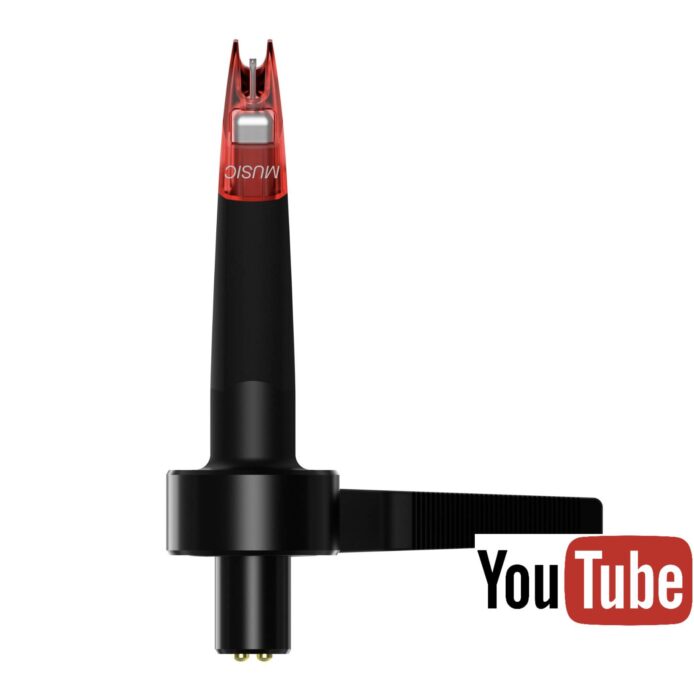The Article
USB CONTROL FROM CAD
16th December 2023

Can your digital HiFi chain do with some noise reduction? Paul Rigby’s can, which is why he tested this anti-noise, USB ancillary
I will start this review by breaking my own rules. I will not get to the point. I will rant first. Then I will get to the point. I make absolutely no apologies for it and the fact that it’s placed on top this review, doubling its length. The two are inextricably linked, after all.
If you prefer to ‘get on with it’ skip down the the header called The USB Control. I forgive you.
If there’s one statement on social media that makes me sigh with impatience, when digital HiFi sound sourcing is the subject header, it’s when posters declare that digital music cannot be aided by this or that accessory product because digital is all ones and zeros and you can’t change it. This accessory here, Product X that is supposed to help improve digital sound, is a waste of money. Product X is a con.
If you have perused social media, I’m sure you’ve seen this sort of thing.
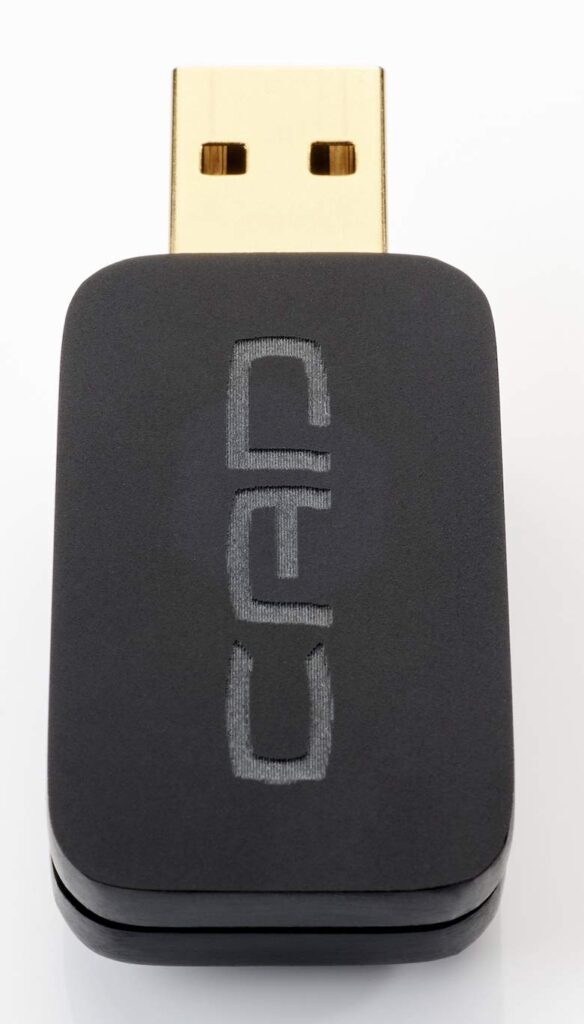
Digital is what it is. Digital is either on or off. Digital cannot be changed. Digital is perfect. That’s the story.
This sounds exactly like the propaganda I used to hear back when CD was launched. And we all know how wrong that was. About five minutes after CD was launched, I seem to recall. I suffered from metallic CD sounds for most of the 80s and 90s, until things (slowly) improved (they still are). I noticed CD sound improving when Abbey Road and the like began to improve the quality of their ADCs. But that’s another story.
This social media blast also confuses me because, if digital is so perfect and ‘set’ and unmovable and immutable and enduring and faultless and blameless and, thus, without sin. Holy, you might say. Spiritual. Sacred, even. Worthy of receiving sacrifices, possibly.
If the format is…thus. Then why don’t we collect bag of bits and call it a day?
BAG OF BITS?
That is, why don’t we trawl at the back of a draw for plastic volume pots, some penny resistors, second-hand capacitors, a shiny new DAC chip, a cracked circuit board from that radio I found yesterday in the bin. All that.
Then push that digital signal through it. Sell it for a fiver and you’re done.
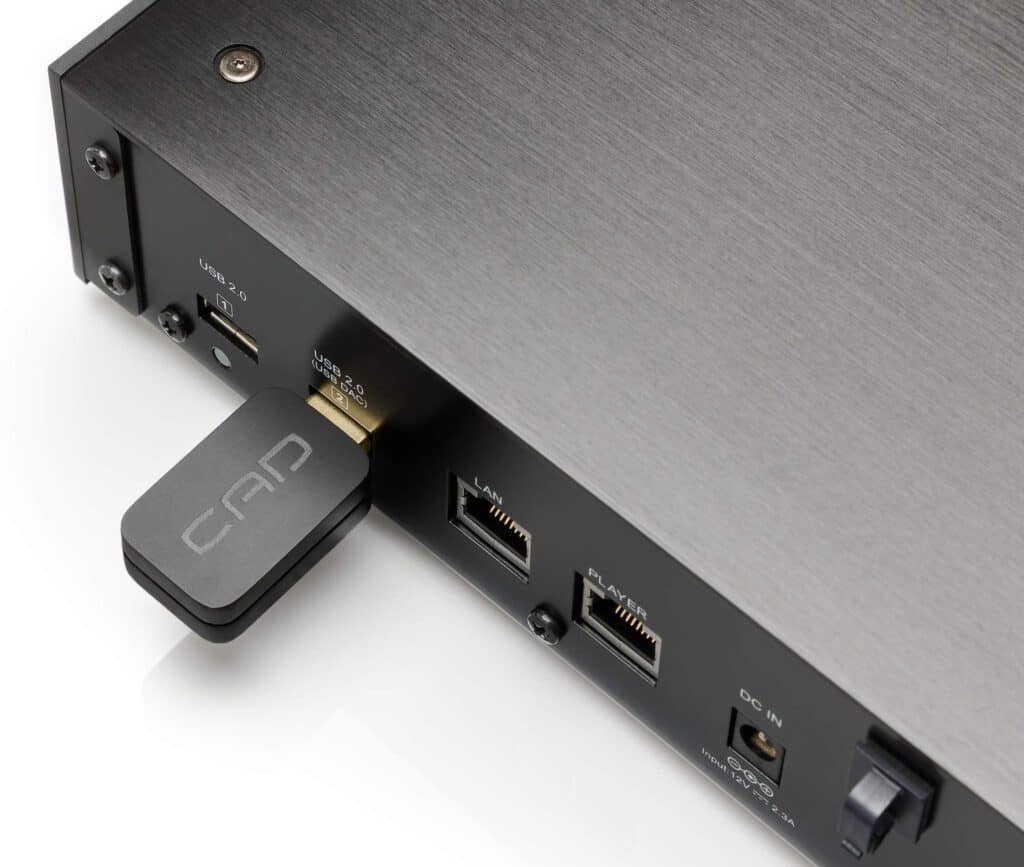
That is, why is Schiit selling DACs for £800? Why is Topping supplying DACs for £1,300? Why do Bluesound streamers cost £400? Is everyone, the entire industry, ripping us off? Constantly? All the time?
And, hang on, why are there different DAC chips? Should there be one supplier only? Acme, perhaps?
Why, for example, does ESS state on its website that the design of its DAC chips (the chip itself, let’s not forget, not even the component it sits within, just the chip) offer, “…unprecedented levels of performance…” Unprecedented? But surely you can’t have it both ways? What…as opposed to perfect from the off? As opposed to off and on? As opposed to a one or a zero? Shouldn’t ESS be saying, “This DAC works.” Shouldn’t that be all that is required from perfection? If the observers on social media are to be believed, at any rate?
HiFi, all HiFi, as you and I know, is imperfect. We, as human beings are also imperfect (except my wife, of course, in case she’s reading). The latter is also analogue. And full of bias.
HiFi is much more complicated than that. As are we humans. And the life that surrounds HiFi and us, that is much more complicated. Because everything is connected. Because we don’t live in a bubble. We don’t exist in a vacuum.
More importantly and more pertinent when musing about the CAD USB Control, when HiFi is laid bare in a house, it is subject to life happening all around it. Imperfect, messy, dirty, grubby life.
Grubby, messy life affects HiFi in sonically terrible ways.
DARING TO BE
If HiFi dares – dares! – to sit in a room, in a house, surrounded by other technologies and constructions and machines, then that HiFi is subject to their influences. Life isn’t an episode of Star Trek. Your listening room isn’t behind a secure force field operated by William Shatner. Your HiFi technology has no choice but to interact with other technologies. And just because you can’t see these interactions, that doesn’t mean they ain’t happening.
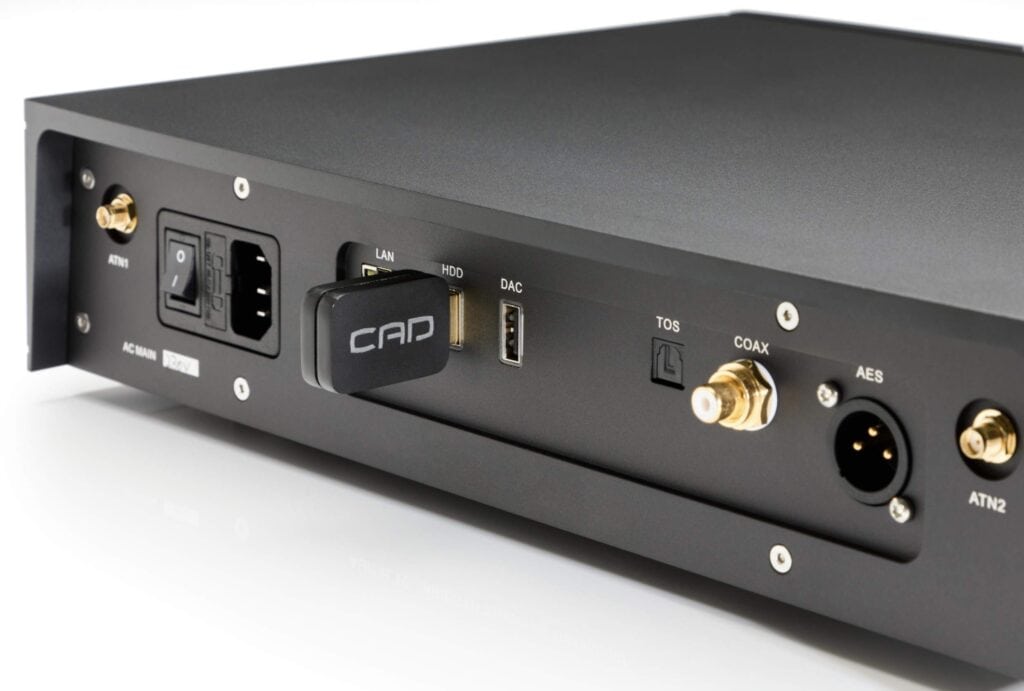
So there are radio signals all around us. There are now Wi-Fi and Bluetooth signals all around us. There is vibration all around us from you, the house, machines operating in your house, traffic outside wobbling your house, other HiFi components. There is mains pollution from street lighting, switch-mode power supplies from your mobile phone charger, your PlayStation, your kettle and because our electricity supplies pulse in and out of all of our mains supplies, from your neighbours kettle and their PlayStation and their mobile phone charger.
The concept of digital perfection was rubbish when CD was launched. It’s rubbish now.
It’s odd, when I was purely a HiFi magazine journalist, we knew this. We all knew this. All of us scribblers. It was old news. Old news to us journos, old news to industry staffers. Old news to the readers. Everyone. And then I ventured into social media and felt like I’d stepped back into 1982 again.
THE PROBLEM IS…
The problem is that too many people watched Tomorrow’s World as a kid, were wowed by the robots on Star Wars and owned a digital watch. Then many of us bought a home computer. We have been brainwashed that robots and computers equal perfection. Films like 2001 and Dark Star say otherwise.
Oh and let me tell you this. The guy who made the original eyes for the actual robot, C3PO, in the actual, original Star Wars film…also designed turntables.
The upshot of the above? Noise – of whatever type you care to mention – will effect digital signals in some way. In some form. It will mask detail. This stuff needs to be removed to allow your digital product to perform properly and to its full potential.
Hence, anti-noise ancillaries are useful and, I would suggest, necessary.
MIS-COMMUNICATION
To finish this rant then, I wonder if the Product X example I mentioned at the top of this piece comes down to nothing but amisunderstanding? I wonder if that very vitriol is being generated because there’s assumption being made. An assumption that Product X is being sold by Company X to directly improve the sound quality of the digital kit. As opposed to helping the digital component to do it original job.
That is, Company X is not saying that Product X can improve a DAC’s sound quality directly. Company X is saying that Product X can help by removing high-freqenecy noise and the like. To enable the digital kit to work as advertised. To reveal, therefore, what’s already there. So maybe all of this social heat is begin generated by miscommunication?
Which is where this little CAD plug in comes in. Such a little thing for such a big rant, eh? But the USB Control from CAD is subject to and will be targeted by such opinions. I just hope it will not suffer from misunderstandings.
THE USB CONTROL
The USB Control is a dinky little box that plugs into a USB port. Any port in any device. Its aim is to lower noise via that port.
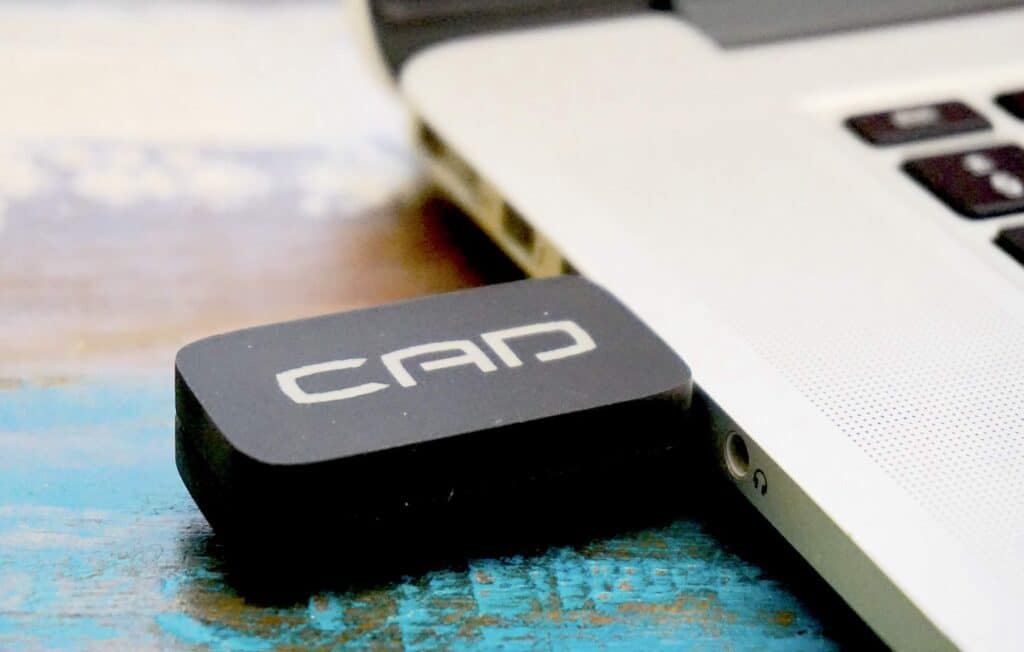
According to the company, The USB Control has been designed to hit high frequency noise across an extremely broad frequency spectrum, from KHz up into the GHz range. And I’m not going to tell you what tech is inside because CAD is nervous it might be filched. And I don’t blame them.
Reportedly, this little stick has also been designed to reduce higher frequency noise on both the signal ground and +5Vdc power. This +5Vdc power is available in all USB connections but in many audio components this same +5Vdc is also used in crucial audio circuitry. So that means DACs, servers, streamers, routers and more.
It’s compact, easy to use and install – you plug it in and then that’s about it, really – and then it gets to work, draining noise.
So how does it perform?
SOUND QUALITY
I tried the CAD USB Control on my principle music server, an old MacBook Pro laptop and also a – rather poor – streaming amplifier, sent to me by a Chinese company, Arylic called the A30+. I think I gave it a review rating of 4/10. So, yea.
Let’s start with the computer source. Computers are terrible things in music terms because they are not designed to be music servers. Even though they are often used as such.
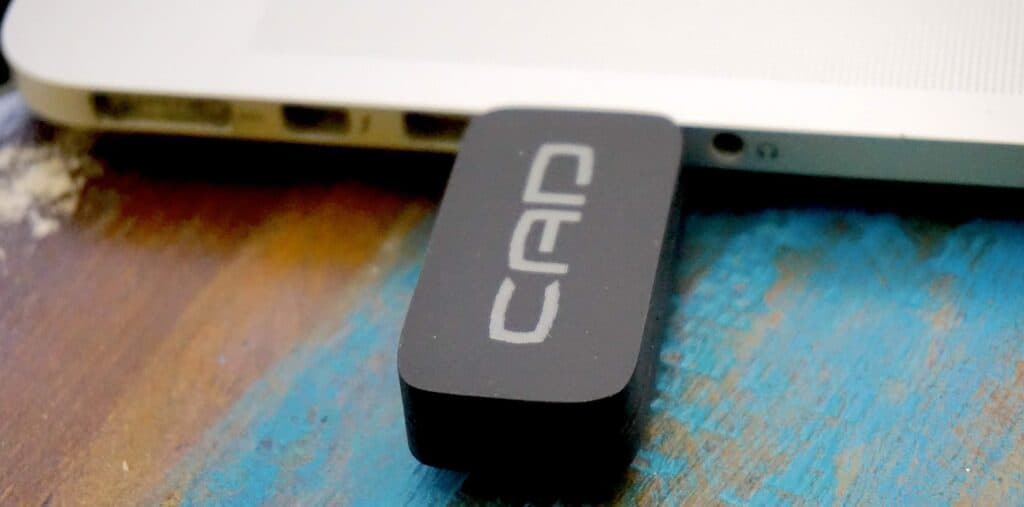
They are designed to be multi-purpose tools, so they are always doing other things while they are serving you music. Even if those other things are operating system house keeping tasks. All of that produces noise. Noise that leeches into the music and ultimately, your HiFi.
Hence, as the noisiest USB-related device around my HiFi, this (digitally perfect) laptop (ok, I’ll stop now) was a perfect place to hook up the CAD device.
Point is this, if the CAD unit works on this hulking great noise machine, it will work anywhere. Including your purpose-built, shiny new device.
I hooked up my laptop with a Tellurium Q USB cable to my Benchmark DAC and played a ripped New Order track, Regret (from the Republic album) at 16bit/44.1kHz and waited.
And I didn’t have long to wait – a minimum of 15 minutes is actually recommended for noise draining to do its thing. A large swathe, almost a sonic band, a strip that ran right across the upper areas of the soundstage, had gone. Disappeared. This strip was nothing but noise that added glare and shine to the upper mids and a measure of listening fatigue too. That had now gone.
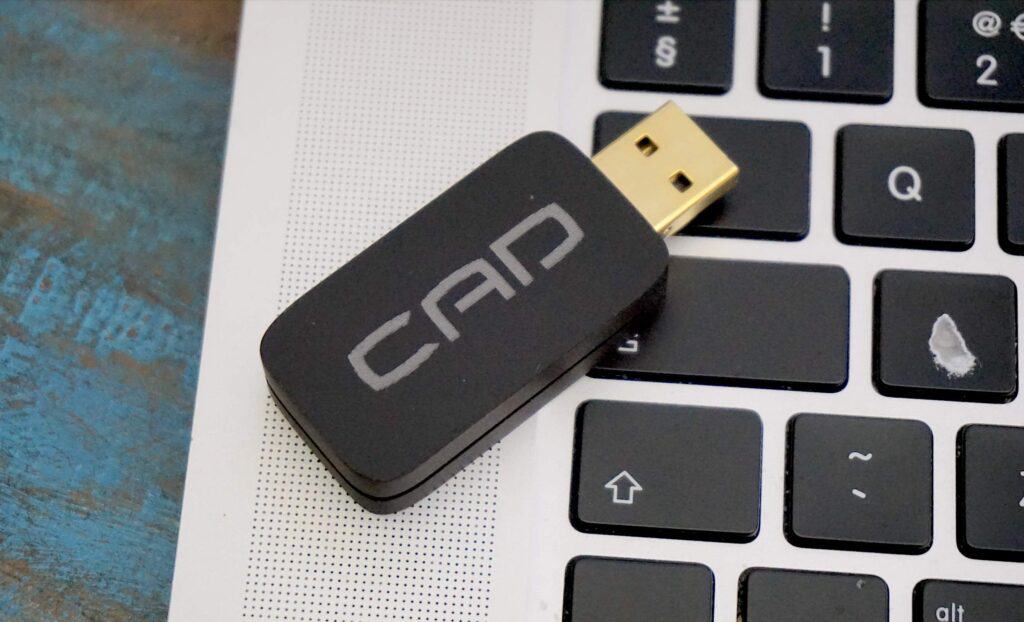
That meant that I could now hear fine detail. Fine detail that was always there. Let’s be honest about this, the detail had not been magically created by the CAD device. The CAD device was only exposing this information. And yet, my ears were now picking it up for the first time. Information like, on the right channel, a finely plucked acoustic guitar. I could now hear the strings of the same. Information like the tambourine in the background on the left. I could hear more of the bell tinklings during the middle eight portion of the song, the bass from both the percussion and bass guitar was now focused, robust and full of impact while the lead vocal produced more air and space around it. In fact, space was bountiful around the soundstage as a whole.
ONTO BRIGHTER THINGS
I then tried Grand National’s Talk Amongst Yourselves form Kicking the National Habit at the same resolution because this album is pretty bright in mastering terms. The USB Control made this track listenable. Surprisingly so. In fact, I’m not sure that this track has ever sounded quite this good. Certainly from my laptop. It produced a neutral output. Sure, I could hear the deficiencies of the basic master but this playback still impressed because the CAD unit made it so.
AND THAT’S JAZZ
What shocked me was the 24bit/96Khz performance of the Sonny Rollins track, St. Thomas through that Chinese streaming amplifier, I mentioned. There’s a drum solo mid-song and well, I have never heard those drum textures before. Certainly not from this box. That was new.
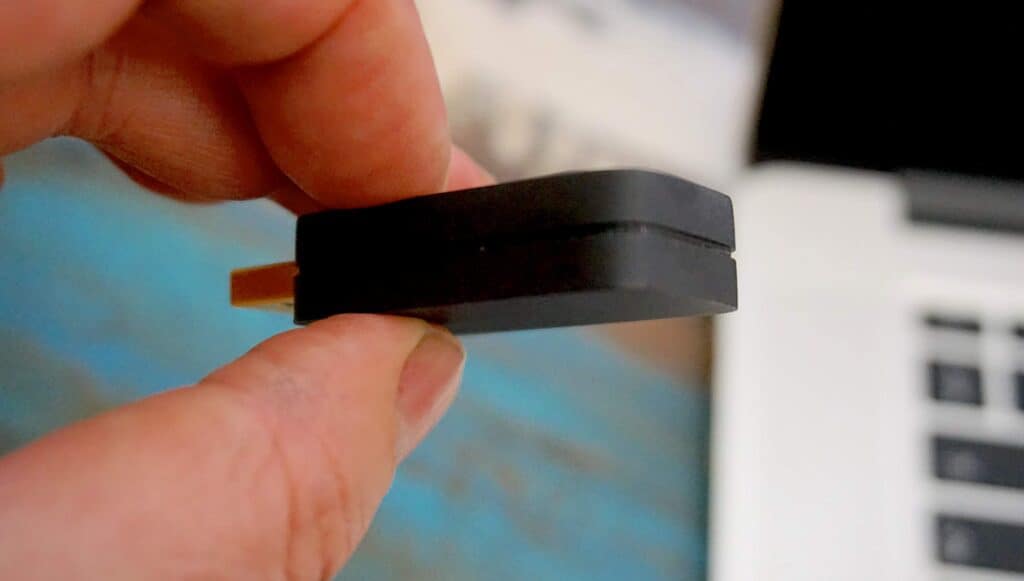
To think, all the years I’ve used this track over dozens of configurations across a multitude of hardware and that track has never sounded as good as it did via the this terrible little amplifier. It’s just a pity the USB Control costs as much as the entire amplifier. The detail just poured through. But it was nuanced, subtle stuff. Not ham-fisted in nature like the basic amplifier itself. Not obvious, like the basic amplifier itself. You had to listen. The improvements didn’t hit you over the head like an AV system. So be aware of that before you demo the USB Control.
Playing the same though my MacBook with the CAD device plugged into that, was even better. Here, on this jazz track, this performance was well structured, pushed back in 3D space and full of fragility and delicacy. That drum solo? It will stay in my mind for a long time.
CONCLUSION
Ok look, some of you will look at this dinky box. Then the price. Then the box again. Then you will laugh, possibly swear and then walk away. And that’s fine. Although, that’s your imperfect, analogue human bias kicking in, I would venture (sorry, I did say, didn’t I?).
Yes, this is a high-end gadget and will thus be guided by your available budget. It’s not for everyone but then again, an AVID Acutus turntable sounds great but that’s not for everyone either because not everyone out there can afford the £20k asking price. So we’re talking budget horses for budget courses here.
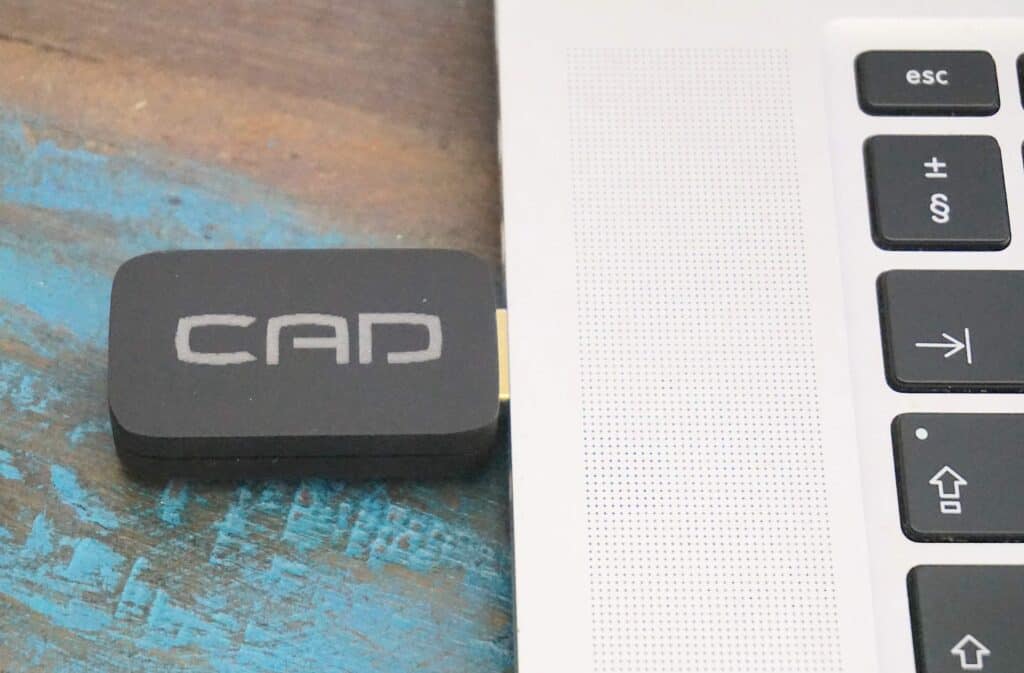
Even so, the CAD USB Control has been produced to an extremely high standard in both engineering and finish terms. Hence that price.
This gadget deserves a listen and a thorough test. If you still don’t like it, then by all means, have a complimentary chuckle on me. But if you think your system might possibly benefit from a device like this, at least investigate it first.
I’ve heard anti-noise units like this before, granted at a lower price, the Jitterbug from AudioQuest is one example. This CAD unit? It’s on a completely different level. Sure, you pay a lot more for it but that performance is there if you want it. And I do, thank you very much.
CAD USB CONTROL
Price: £675/$750
Website: www.computeraudiodesign.com
Tel: 0203 397 0334
GOOD: small in stature, easy to install, low noise, sound improvements
BAD: nothing
RATING: 9
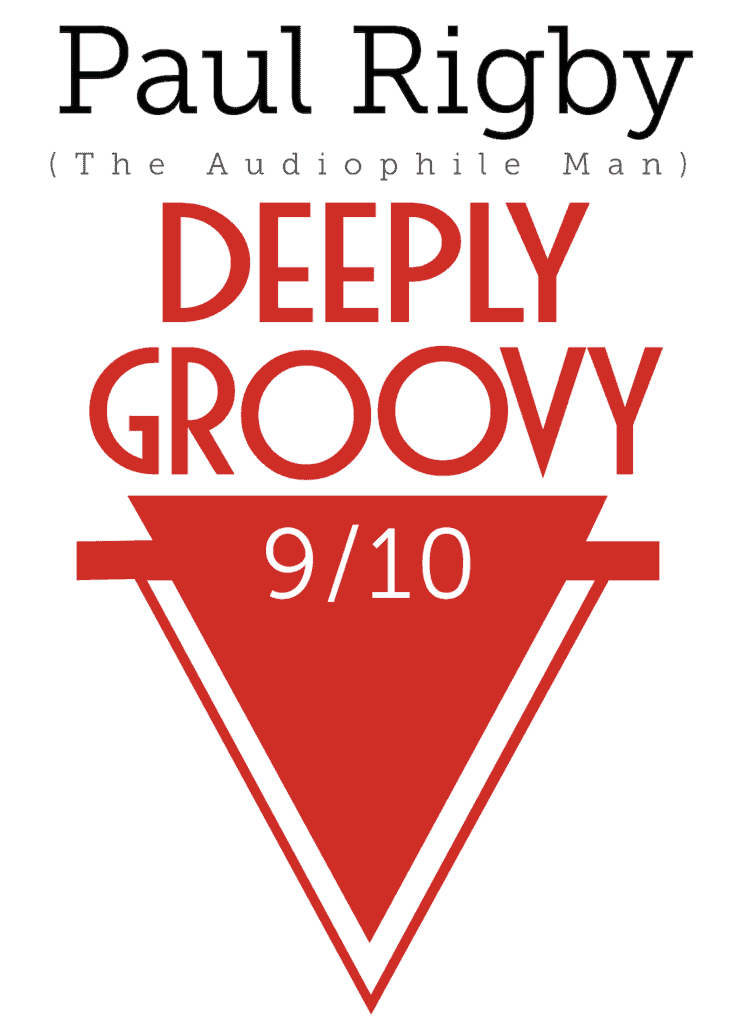
REFERENCE
Apple MacBook
Benchmark DAC
Tellurium Q cabling
Blue Horizon Professional Rack System
Harmonic Resolution Systems Noise Reduction Components

